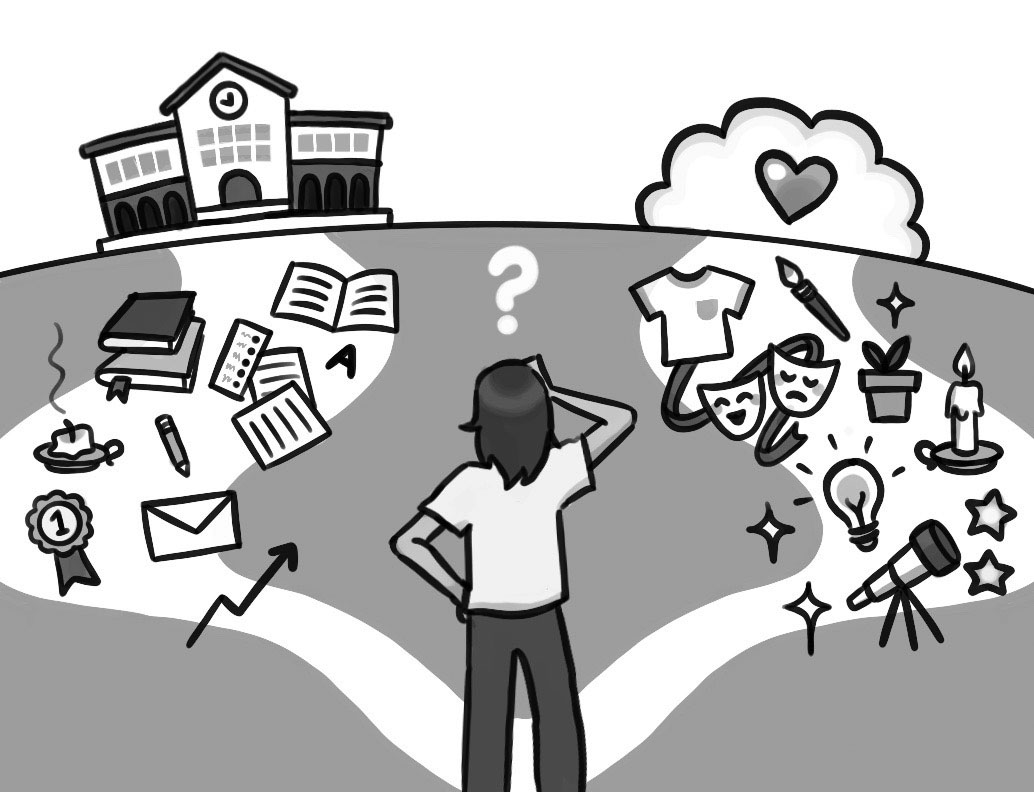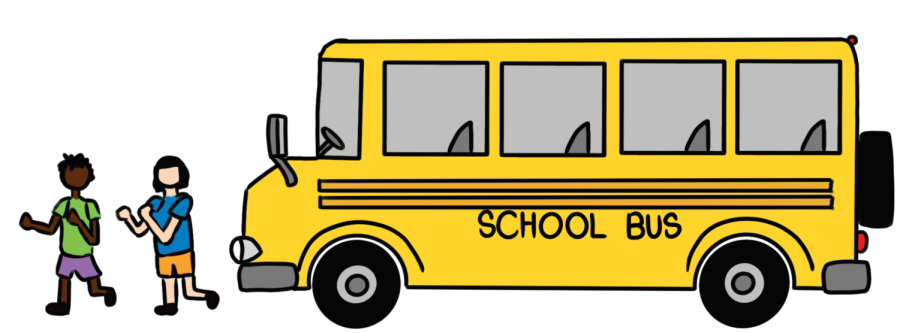Taking learning outside of the classroom
Kids are happily getting off a school bus and are ready to visit monuments.
February 10, 2023
Classes at the school cover a wide range of topics in core subjects and additional areas of study. While some classes and programs take field trips, much of the content students learn often stays in the classroom, even though increasing the regularity of field trips could greatly benefit students.
Field trips can help students in many different ways — they can bring students closer to their teachers and classmates, increase retention and understanding of different topics and give students real-world experience. The need for engaging field trips becomes increasingly relevant when students get to the Upper School, as these outings would allow them to better understand the nuance in topics that we learn.
With students being in an academically rigorous environment, it’s easy for us to get caught up in various assignments — memorizing facts and strategies in preparation for assessments instead of fully absorbing content. But, it’s important that we recognize and establish the importance of real learning as opposed to idly consuming information in exchange for a good grade. The school is preparing students for their futures in the real world, and an essential part of this mission is building meaningful, long-lasting educational foundations.
Having field trips on a more regular basis can ensure that students are retaining the knowledge that they receive, rather than just forgetting that information after an exam. In addition, field trips can provide a much-needed break to students in the midst of constant schoolwork. By allowing students to get out of the classroom, students will feel more motivated to learn, and this can provide students with long-term motivation and prevent burnout.
Some classes at the school already hold field trips for students during the day, such as Advanced Placement Environmental Science (APES) and Honors Art History. In APES classes, students have visited the Franklin Canyon Reservoir and several beaches in the Los Angeles (LA) area to learn more about the content they study in the course.
For many History and World Language classes, students can choose to attend trips with their classes over spring or summer break and visit both domestic and international destinations with their teachers and classmates. It is this kind of reinforcement that ensures students will be able to remember what they’ve learned. However, students shouldn’t have to sacrifice their spring or summer vacation in order to have these experiences, and the trips should instead be a more integrated part of the curriculum.
Of course, there are subjects that this can’t be applied to — having field trips wouldn’t have the same benefits in a math class as it would in a history class. History classes can visit museums like the Getty or the Hammer Museum, Science classes can visit reservoirs or professional lab spaces, and English classes could visit libraries to see original manuscripts of books in the curriculum.
While there is definitely value in visiting other cities and countries around the world, it isn’t the only way that students can get exposure to real-world experiences. We attend school in one of the largest and most diverse cities in the world, and we should be taking advantage of what is available to us. LA has over 1,200 historical landmarks and museums, and we should be utilizing them to improve our curriculums and provide new experiences to students.
If the school implements more day-long field trips in a larger variety of classes, we will be able to get out of the classroom more and gain real-world experience, providing the student body with tremendous long-term benefits.































